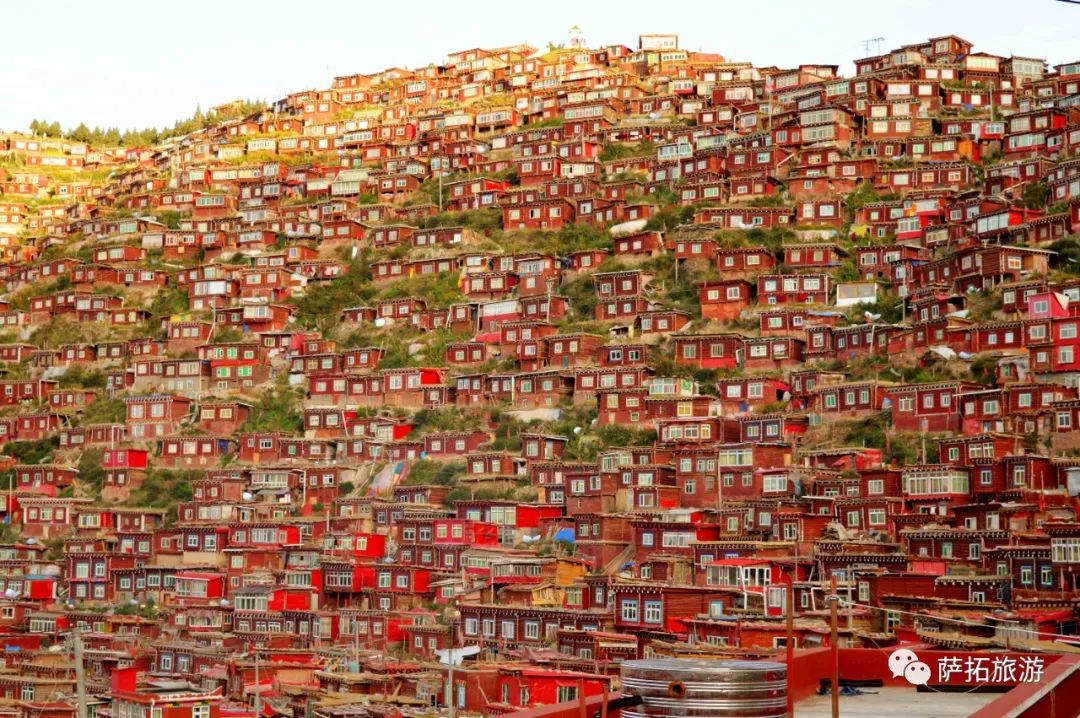(Tum Monastery-Seda) 12-day pilgrimage
go sightseeing
Famous Buddhist Mountains and Holy Lands
Compilation of natural scenery

Youyou ancient road
A Thousand Mile Pilgrimage
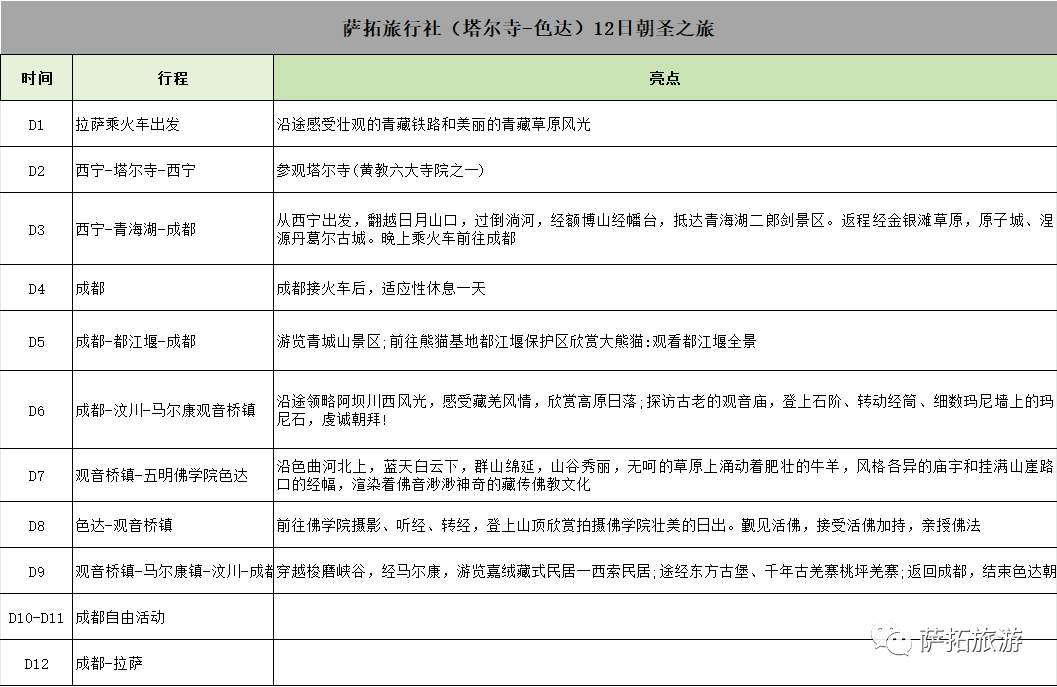
Kumbum Temple:The origin of Kumbum Temple is that there was a pagoda first and then a temple, hence the name Kumbum Temple. The Kumbum Temple was built during the Jiajing period of the Ming Dynasty. When it was first built, there was only one holy pagoda. Later, it was expanded several times. Currently, there are Dajinwa Temple, Xiaojinwa Temple, Flower Temple, Dajing Hall, Jiujian Hall, Dalalang, Ruyi Pagoda, There are more than 1,000 large and small buildings such as the Taiping Pagoda, Bodhi Pagoda, and Gate Pagoda, and more than 4,500 temples and monks' residences. The scale is grand. Palaces, Buddhist halls, study halls, dormitories, residences for lamas, and courtyards complement each other and are integrated into one, which has been integrated since ancient times. It has been the center of Yellow Sect and a holy place of Buddhism ever since. The architecture of the temple covers the styles of Han palaces and Tibetan flat roofs. It uniquely combines the Chinese three-eaves mountain style with the Tibetan style of ingeniously building whip hemp walls under the eaves, with Vajra Kalachakra Sanskrit mantras and bronze mirrors inlaid in the middle, and brick inlays on the bottom floor. Integrated into one, they harmoniously and perfectly form a building complex that combines Chinese and Tibetan artistic styles.
It is the birthplace of Tsongkhapa, the founder of the Gelug Sect of Tibetan Buddhism (commonly known as the Yellow Sect), and is one of the six major monasteries of the Yellow Sect in Tibetan areas.
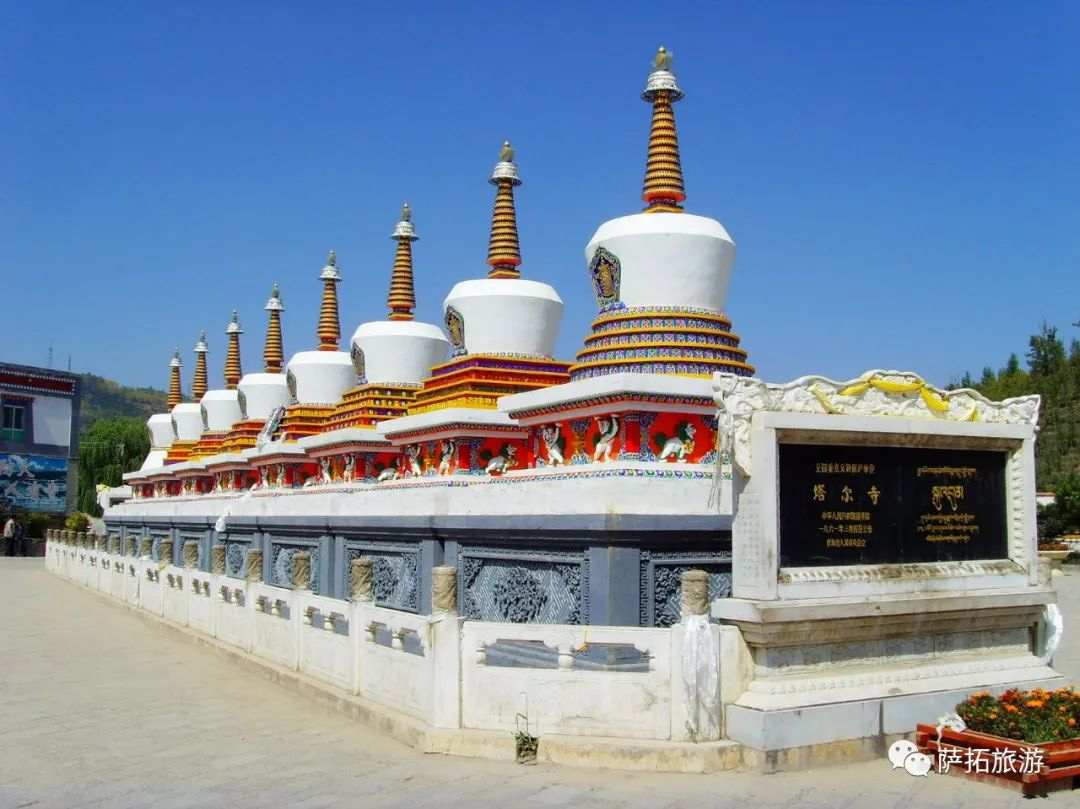
Qinghai Lake:Qinghai Lake, also known as "Cuowenbu", which means "blue sea" in Tibetan, is located in the Qinghai Lake Basin in the northwest of Qinghai Province. It is the largest inland lake and the largest saltwater lake in China. It was formed by the collapse of faults between Datong Mountain, Riyue Mountain in Qilian Mountains and Nanshan Mountain in Qinghai.
On July 30, 2012, the latest remote sensing monitoring results from the Qinghai Provincial Institute of Meteorological Science showed that the area of Qinghai Lake has continued to increase for eight years.
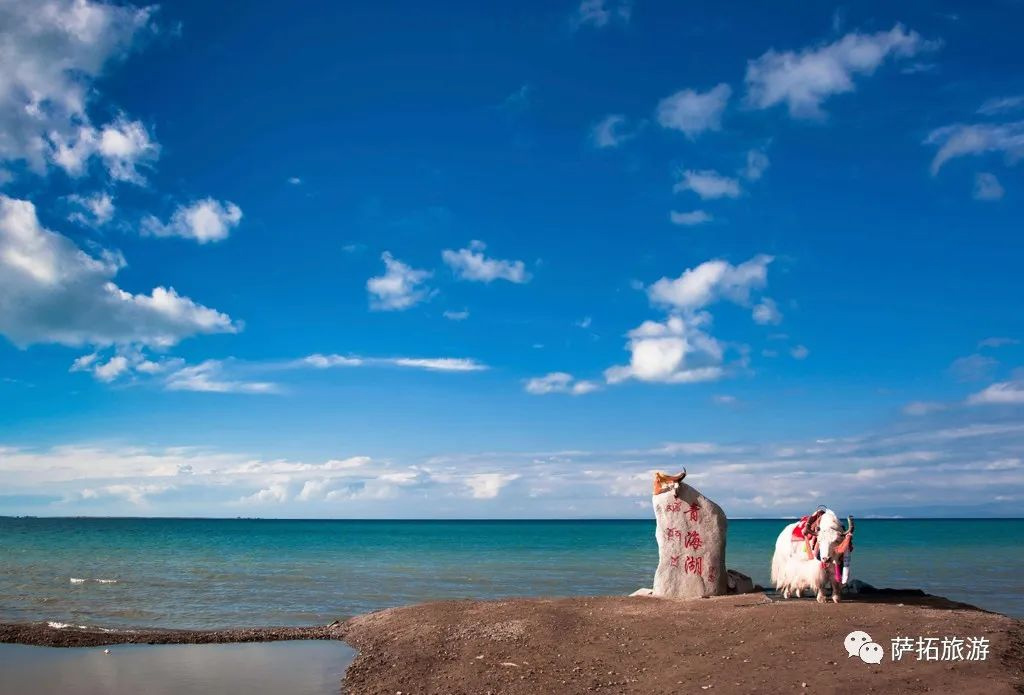
Qingcheng Mountain:Mount Qingcheng, a world cultural and natural heritage, a national key cultural relics protection unit, a national key scenic spot, a national AAAAA tourist attraction, a global Taoist Quanzhen Taoist holy site, one of the four famous Taoist mountains in China, and one of the birthplaces of Taoism in China .
Qingcheng Mountain is located in the southwest of Dujiangyan City, Chengdu City, Sichuan Province, 68 kilometers east of Chengdu City, and 10 kilometers southwest of the Dujiangyan Water Conservancy Project. The scenic area covers an area of 200 square kilometers. The highest peak, Laojun Pavilion, is 1,260 meters above sea level. Surrounded by undulating peaks and lush green trees, Qingcheng Mountain enjoys the reputation of "Qingcheng is secluded in the world".
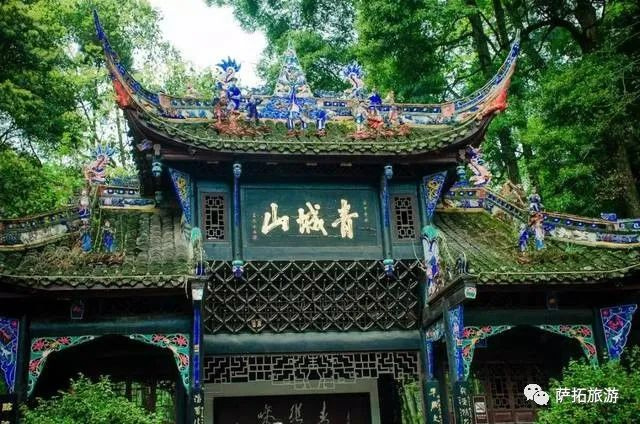
Panda Base:Chengdu Giant Panda Breeding Research Base is one of the main research bases for the Chinese government to implement ex-situ conservation projects for giant pandas and other endangered wild animals. It is a national AAAA-level tourist attraction.
It is a well-known research institution for the protection of giant pandas and other rare and endangered wild animals in my country and even the world, integrating giant panda scientific research and breeding, conservation education, educational tourism, and panda cultural construction.

Seda:The plateau of Seda County is beautiful and has a concentration of Tibetan Buddhist temples, all of which are Red Sect temples. In addition to the famous Wuming Buddhist College, there are also Jixiang Sutra Monastery, Laze Temple in Jiaxue Township, Nazhe Gongba Temple and Dalong Temple, Sera Temple, etc. In addition, the main attractions include: Sky Burial Platform, Sera Grassland, Huoxi Wildlife Sanctuary, Seda Five Color Sea, Nila Lake, Serba Tibetan Village in Seda County, etc.
